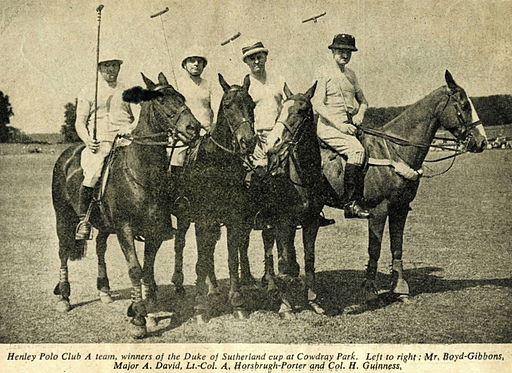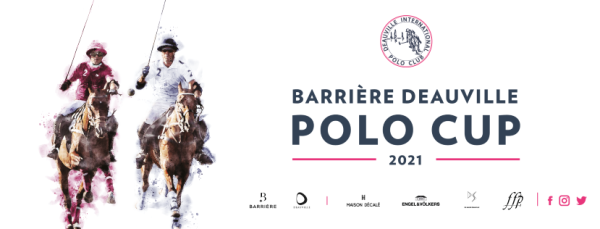
The origins of Polo.

Identifying with precision the origins of any sport is no easy task.
In the case of Polo, one of the most interesting and spectacular equestrian disciplines you will find, there are several theories about the origins of the sport, from both a geographical and historical point of view.
The most popular story, and perhaps because it is linked to the population of the far east, is associated with a possible Tibetan legend.
Ancient writings would speak of populations isolated from the rest of the known world of that period, places such as Tibet and Afghanistan, where the sport was played in a very basic form.
“Pulu“ in Tibetan means ball and the travelers of the day would pass down stories of people in the highlands of these distant territories riding with a pole which was used to drive away small rodents who were a threat to their crops.
During the summer periods meanwhile instead of small animals, a ball made of vegetable plants or goat skin was used. This became a pass time, but also one in which families clashed and it would often lead to bloody fights.
Other sources indicate Persia as the birthplace of this unique equestrian sport in around 500 BC.
An important finding supports this view and it would seem that a type of bat and ball game was given by King Darius III of Persia to Alexander the Great when the latter was about to attack his kingdom. There are even stories of teams of more than fifty riders…
Flash forward to the seventeenth century and we start to find the first real reliable evidence on the origins of Polo, from the many paintings, engravings and equipment, crediting Persia with the birth of the sport and from where it was exported to most of the great empire.

















